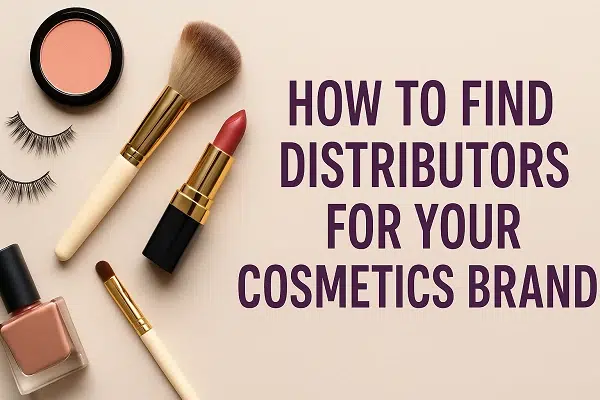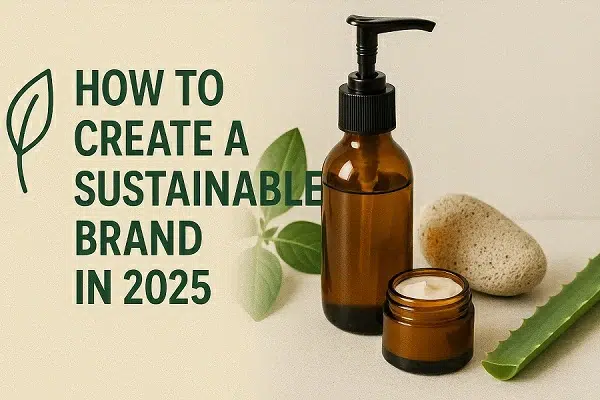As we move into 2025, the cosmetic packaging industry is undergoing a dynamic shift. The top trends this year focus on sustainability, minimalism, functionality, and sensory experiences—driven by changing consumer values, environmental awareness, and social media influence.
In short, 2025 beauty packaging will be: sustainable, smart, sensory-rich, and social-media savvy. Now, let’s break down each trend in detail.
1. Eco-Friendly Packaging Takes Center Stage
Consumers are becoming more eco-conscious than ever, and brands are responding by adopting sustainable cosmetic packaging. In 2025, materials like recycled aluminum, biodegradable paper, and PCR (Post-Consumer Recycled) plastics are no longer niche—they’re industry standard.
Refillable packaging is also gaining momentum. Brands like Fenty Beauty and Dior have embraced refill systems to reduce waste, and consumers are loving the luxurious yet low-waste appeal. According to McKinsey, over 60% of beauty consumers prefer brands with clear sustainability commitments【source: McKinsey & Company】.
High search volume packages to note:
sustainable cosmetic packaging
eco-friendly makeup containers
refillable beauty packaging
2. Minimalist and Transparent Design Aesthetic
Consumers in 2025 crave authenticity and transparency—not just from ingredients but also from packaging design. Minimalist packaging with clean fonts, neutral colors, and glass or frosted containers are dominating shelves and Instagram feeds.
Social media users, especially on TikTok and Instagram, gravitate towards packaging that’s “aesthetic” and easy to photograph, which directly boosts product discoverability online. Transparent components (e.g., clear bottles or see-through caps) also help communicate product purity and trustworthiness.
Key trends include:
Frosted glass bottles
Monochromatic packaging
Bold but clean typography
3. Smart and Interactive Packaging
Technology meets beauty in 2025. More brands are adopting smart packaging that includes QR codes, NFC chips, and augmented reality (AR) experiences. A simple scan can now give consumers detailed product information, tutorials, or brand stories—right from the packaging.
This not only enhances customer engagement but also helps beauty brands stand out in an increasingly competitive market. According to Packaging Digest, AR-integrated packaging can increase consumer interaction by up to 80%【source: Packaging Digest】.
Examples in practice:
QR codes linking to TikTok tutorials
NFC-enabled packaging for product traceability
AR makeup try-on features via mobile
4. Textural and Sensory Packaging Elements
Tactile experiences are becoming a core part of brand storytelling. Think velvet-textured compacts, embossed logos, and magnetic closures. These elements add a sense of luxury and enhance the unboxing experience—especially important for influencer reviews and customer-generated content.
A 2025 trend report by Cosmetics Business noted that packaging with unique textures increases product memorability and consumer satisfaction【source: Cosmetics Business】. Sensory packaging is also linked to perceived product quality and price point, even in more affordable ranges.
Trending features include:
Soft-touch coatings
Embossed patterns
Magnetic lids or click-closure mechanisms
5. Mono-Material and Easy-to-Recycle Designs
To further meet circular economy goals, more brands are adopting mono-material packaging—using a single type of material (like PET or PP) that’s easier to recycle. This simplifies sorting for consumers and ensures packaging doesn’t end up in landfills.
In addition, brands are labeling components more clearly to guide users on disposal, with icons or instructions printed directly onto packaging. These features help reduce contamination in recycling streams and are being actively discussed in eco-beauty forums and Reddit skincare communities.
Rising Trends:
mono-material cosmetic packaging
recyclable makeup containers
zero waste beauty packaging
Final Thoughts
In 2025, cosmetic packaging is more than just a container—it’s a key brand touchpoint that speaks volumes about your values, innovation, and connection with the consumer. Beauty brands that invest in eco-conscious, aesthetic, and interactive packaging will not only appeal to modern consumers but also position themselves as future leaders in the industry.
Whether you’re launching a private label beauty brand or innovating through contract manufacturing, aligning with these trends can give your products a stronger edge in both physical retail and online marketplaces.







